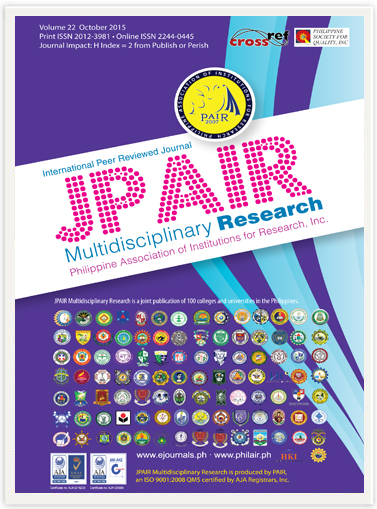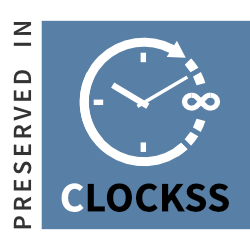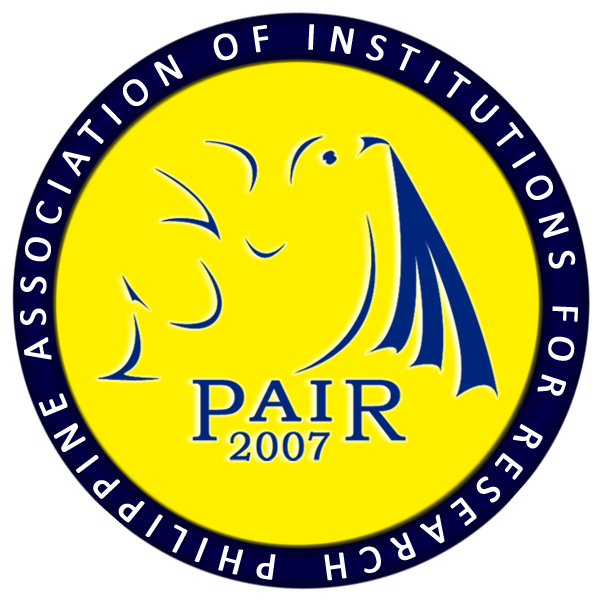Career Management, Employee Empowerment and Motivation in an Academic Institution: Fostering Job Satisfaction
DOI:
https://doi.org/10.7719/jpair.v22i1.338Keywords:
Human resource, career management, Herzberg's two-factor theory, descriptive design, Cebu City, PhilippinesAbstract
Employee stagnation in a certain position, centralized decision making and tendency for micromanagement are among the pressing issues for companies experiencing growth. The chief purpose of the study is to determine the extent of career management, people empowerment and employee motivation as perceived by the personnel of the University of Cebu (UC). The study applied the descriptive design with the use of questionnaire designed by the researcher as the major tool for data collection. The respondents were the teaching and the non-teaching personnel of UC. The results revealed that there were significant differences on the extent to which people empowerment was upheld by management as well as the motivational needs of the employees. In the aspects of motivation, among Herberg's hygiene factors, only two (2) were well addressed. These were pay and job security. Therefore, it is concluded that hygiene factors do not necessarily go together as perceived by employees despite the fact that Herzberg's two-factor theory grouped these aspects together as one.
Downloads
References
Baruch, Y. (2004). Managing careers: Theory and practice. London: Prentice Hall. Retrieved from managing-Careers-practice-Yehuda-Baruch/dp/0273678000
Downloads
Published
Issue
Section
License
Copyright (c) 2015 Christopher Biore

This work is licensed under a Creative Commons Attribution-NonCommercial 4.0 International License.
Open Access. This article published by JPAIR Multidisciplinary Research is licensed under a Creative Commons Attribution-Noncommercial 4.0 International (CC BY-NC 4.0). You are free to share (copy and redistribute the material in any medium or format) and adapt (remix, transform, and build upon the material). Under the following terms, you must give appropriate credit, provide a link to the license, and indicate if changes were made. You may do so in any reasonable manner, but not in any way that suggests the licensor endorses you or your use. You may not use the material for commercial purposes.




















